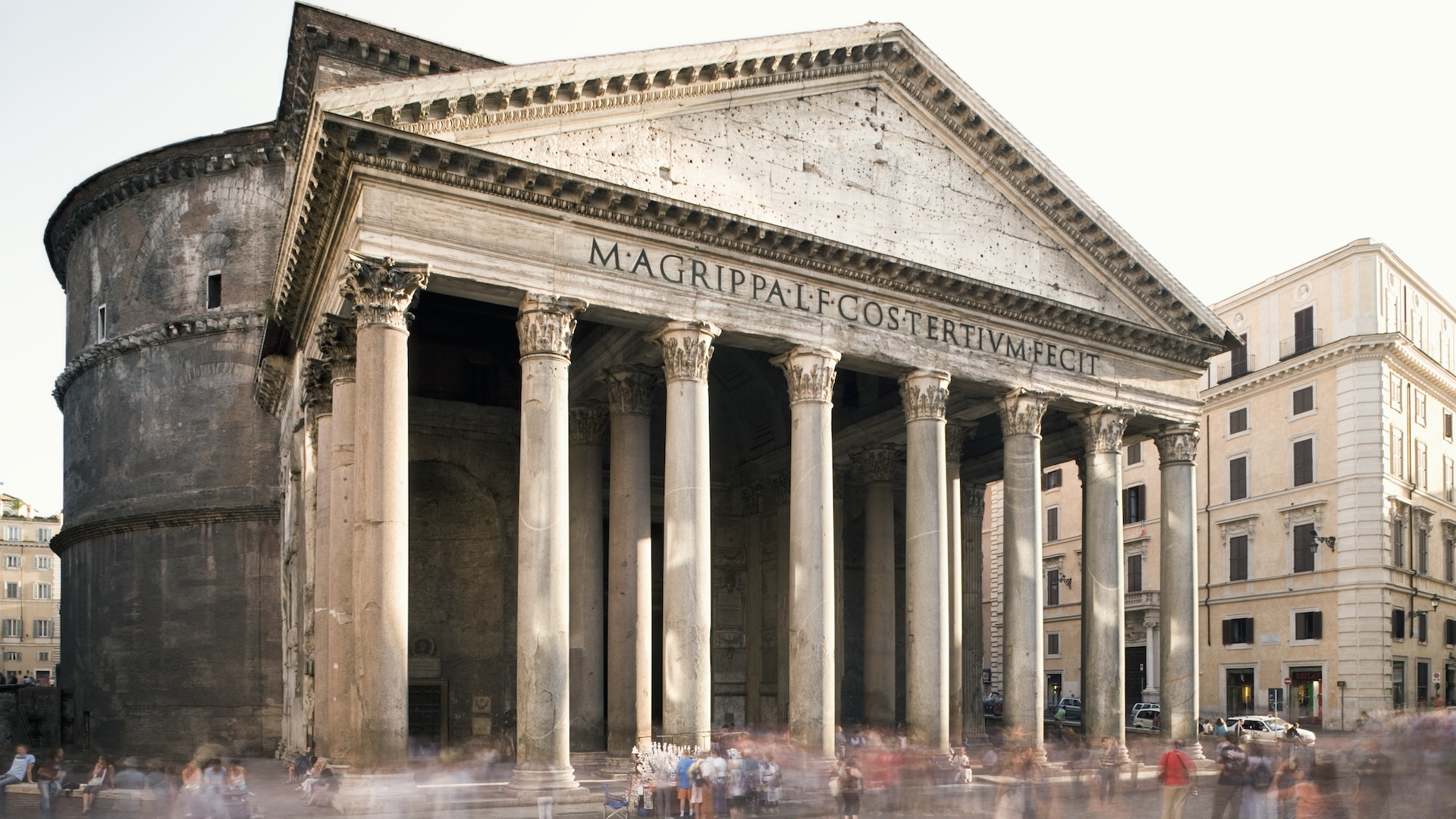When you buy through nexus on our site , we may take in an affiliate commission . Here ’s how it shape .
When tornado tore across the Midwest this week , they set their fury against buildings made from the same Natalie Wood , steel and concrete architectural part used to construct domicile a hundred years ago . For those expect to rebuild , new classes of futuristic materials might be able to provide the resistivity to conditions disasters those century - older housing technologies could not .
Carbon roughage , long used for smaller items such as cycle or eyeglasses , actually works as a robust building material , producing houses that possess both flexibility and durability . Concrete Cloth , a specially impregnated material that becomes ridge when piss is add , could create reenforce shelters on the fly . AndKevlar , the material used inbulletproof vests , can just as easy protect people and homes from the fly junk that vanish about during a twister attack . ″Carbon fibre is incredibly strong and very pliable . The mentation behind carbon fibre architecture is that it can withstand earthquakes . It would be more flexible in the wind than even structures,″ said Bradley Quinn , author of the new Scripture on advanced material call ″Design Futures″ ( Merrell Publishers , 2011 ) . ″Then there′s the DuPont Storm Room . It′s like a tent made of metal mesh and Kevlar . It can be erect inside and protect the people from all the dust that fly around.″ Kevlar , metal mesh and carbon fibers all provide a flexibleness that traditional materials such as Sir Henry Wood orconcretesimply can not match . By bend with the current of air alternatively of bending against it , houses constructed from more supple frames have a lower chance of flop than the more rigid construction build today . There′s a unexampled schooltime of architecture devote to designing cushy buildings that integrate with , rather than resist , nature in both its calm and furious moods , Quinn order . However , futurist materials and radical new architectural concepts come at a exorbitant cost . For residents of Joplin , Mo. , many of whom suffer injury or demise while living trailers or homes without storm cellars , a cheap solution like Concrete Cloth may turn up more practical . Originally designed for buildingmilitary bases , Concrete Cloth is a cement - impregnated fabric that work in the same way as a plaster cast of characters , except on a larger scale . elephantine ringlet of the real spool the fabric out across uneven ground of in haste constructed frames . Spraying the textile with water supply get down a chemical response that , after some drying , results in a low visibility complex body part strong enough to resist whatever Mother Nature can throw at it , Quinn said . Concrete Cloth is loose enough to puzzle out with and cheap enough to provide communal shelters for the resident of trailer park and houses without storm cellars . An even more radical schooltime of computer architecture would move building out of the path of tornadoes entirely by place them underground . Called ″subscrapers″ ( as play off to " skyscrapers " ) , these building move down into the Earth rather than up into the itinerary of the violent storm , Quinn tell InnovationNewsDaily .

A mixture of new materials, new designs and new architectural techniques could significantly increase a structure’s resistance to tornadoes and hurricanes.


















